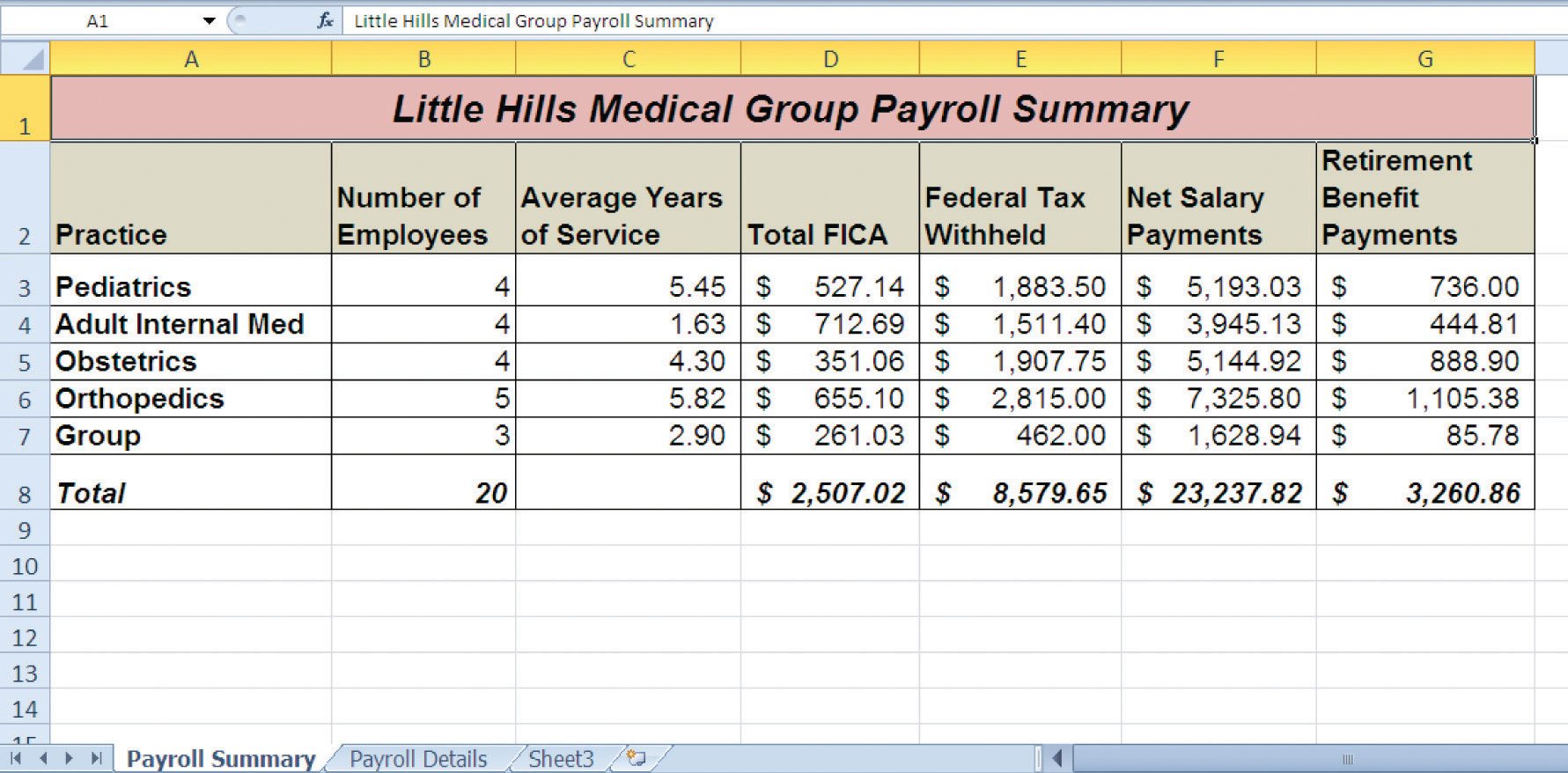Microsoft Excel Logical Guide
Things will not always be the way we want them to be. The unexpected can happen. For example, let's say you have to divide numbers. Trying to divide any number by zero (0) gives an error. Logical functions come in handy such cases. In this tutorial, we are going to cover the following topics.
In this tutorial, we are going to cover the following topics. What is a Logical Function? It is a feature that allows us to introduce decision-making when executing formulas and functions. Functions are used to;. Check if a condition is true or false.
Combine multiple conditions together What is a condition and why does it matter? A condition is an expression that either evaluates to true or false.
The expression could be a function that determines if the value entered in a cell is of numeric or text data type, if a value is greater than, equal to or less than a specified value, etc. IF Function example We will work with the home supplies budget from this tutorial. We will use the IF function to determine if an item is expensive or not. We will assume that items with a value greater than 6,000 are expensive. Those that are less than 6,000 are less expensive. The following image shows us the dataset that we will work with.
Put the cursor focus in cell F4. Enter the following formula that uses the IF function =IF(E4. S/N FUNCTION CATEGORY DESCRIPTION USAGE 01 AND Logical Checks multiple conditions and returns true if they all the conditions evaluate to true. =AND(1 0,ISNUMBER(1)) 02 FALSE Logical Returns the logical value FALSE. It is used to compare the results of a condition or function that either returns true or false FALSE 03 IF Logical Verifies whether a condition is met or not.
If the condition is met, it returns true. If the condition is not met, it returns false. =IF(ISNUMBER('22'),'Yes', 'No') 04 IFERROR Logical Returns the expression value if no error occurs. If an error occurs, it returns the error value =IFERROR(5/0,'Divide by zero error') 05 IFNA Logical Returns value if #N/A error does not occur. If #N/A error occurs, it returns NA value.
Microsoft Excel Logical Guides

#N/A error means a value if not available to a formula or function. =IFNA(D6.E6,0) N.B the above formula returns zero if both or either D6 or E6 is/are empty 06 NOT Logical Returns true if the condition is false and returns false if condition is true =NOT(ISTEXT(0)) N.B.
The above function returns true. This is because ISTEXT(0) returns false and NOT function converts false to TRUE 07 OR Logical Used when evaluating multiple conditions. Dre student manual.
Returns true if any or all of the conditions are true. Returns false if all of the conditions are false =OR(D8='admin',E8='cashier') N.B. The above function returns true if either or both D8 and E8 admin or cashier 08 TRUE Logical Returns the logical value TRUE. It is used to compare the results of a condition or function that either returns true or false TRUE Nested IF functions A nested IF function is an IF function within another IF function. Nested if statements come in handy when we have to work with more than two conditions. Let's say we want to develop a simple program that checks the day of the week. If the day is Saturday we want to display 'party well', if it's Sunday we want to display 'time to rest', and if it's any day from Monday to Friday we want to display, remember to complete your to do list.
A nested if function can help us to implement the above example. The following flowchart shows how the nested IF function will be implemented. The formula for the above flowchart is as follows =IF(B1='Sunday','time to rest',IF(B1='Saturday','party well','to do list')) HERE,. '=IF(.)' is the main if function. '=IF(,IF(.))' the second IF function is the nested one.
It provides further evaluation if the main IF function returned false. Practical example.
= (C6 = 70, 'Pass', 'Fail' ) This is the formula that appears D6 in the example shown. When it is copied down the column, it will test every score and return the correct result. Nested IF statements You may here the term 'Nested IF' or 'Nested IF statement'. This refers to using more than one IF function so that you can test for more conditions and return more possible results. Each IF statement needs to be carefully 'nested' inside another so that the logic is correct. For example, the following formula can be used to assign an grade rather than a pass / fail result. = (C6 greater than A1D1 = greater than or equal to A1=D1 not equal to A1D1 Notes:.
If any of the arguments to IF are supplied as arrays, the IF function will evaluate every element of the array. To count things conditionally, use the or the functions. To sum things conditionally, use the or the functions.